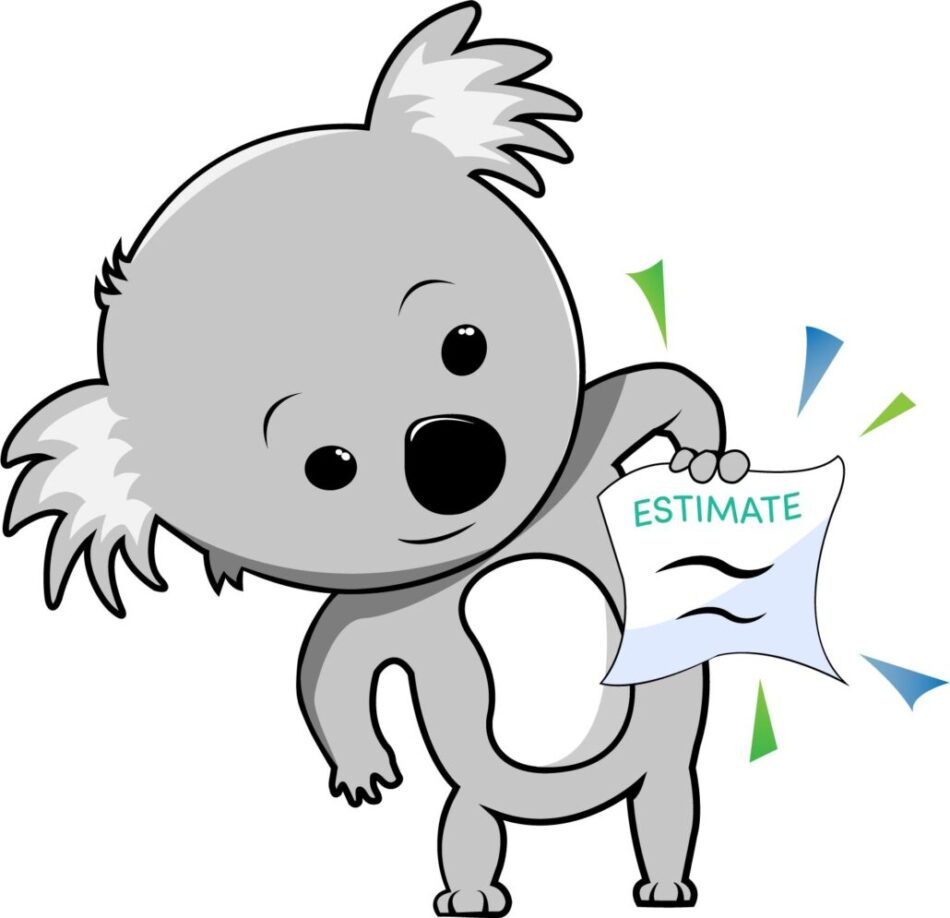Properly insulated homes are more comfortable, more valuable, and cost considerably less per month thanks to improved efficiency. Energy-saving insulation is a cost-effective investment for homeowners nationwide, but few have had the time to calculate the rate of return on insulation. Take a moment to learn more about insulation and energy efficiency, and find out how to calculate your potential insulation cost savings.
How Much Does Insulation Save on Energy Bills?
Insulation lowers home heating and cooling costs by an average of 15% annually, but several factors could make your savings considerably higher; some homeowners save as much as 45%!
The most influential variables in energy savings with insulation are:
- Climate – Homes in colder climates benefit the most, especially during long, cold winters. Homes in northern states realize an average of 18-19% energy savings with insulation. Southern states typically save 7-14%.
- Home size – Larger homes require more insulation but often enjoy more energy savings because energy loss is reduced in a larger space.
- Age of the home – Older homes benefit the most from new or additional insulation. Older homes typically have the best home insulation return on investment (ROI).
- Existing insulation – Homes that already have properly installed insulation typically see more modest energy savings from an insulation upgrade.
Your local Koala Insulation will determine the most cost-effective way to add or replace insulation to maximize your savings!
How Does Proper Insulation of the Home Save Energy?
If you’re looking to save money, don’t overlook the importance of home insulation. Energy savings are made possible by these two factors:
- Maximizing the impact of energy expenditure through heating and cooling
- Minimizing the impact of outdoor temperatures via the building envelope
Insulation is critical in reducing heating and cooling costs by serving as a barrier to thermal loss. Learn how this plays out in different seasons.
Mitigating Heat Transfer
Heat moves from warm to cool areas. In winter, warm air escapes to the outdoors through windows, walls, ceilings, and floors. In the summer, heat enters the home through these areas as well. Insulation is a barrier that slows down heat transfer, which means your HVAC runs for shorter periods and less frequently.
Preventing Air Leaks
Air leaks occur through gaps and cracks in your home’s walls, doors, windows, or exterior surfaces. Spray foam and other types of insulation fill these gaps to reduce the amount of treated air that escapes while preventing untreated air from entering.
There are additional benefits, too, including:
- More even temperatures throughout the home
- Less strain and fewer repairs on HVAC equipment
- Longer lifespan of HVAC equipment
How to Calculate Energy Savings from Insulation
There is no perfect way to calculate savings from insulation, but there are tools available that provide accurate estimates. To determine your energy savings, you’ll need the following information:
- Surface area (in square feet) being insulated
- The average heating and cooling days per year (guide by region: US | Canada)
- The R-value of the current insulation, if applicable
- The R-value of the new insulation
- HVAC fuel type and average costs (from your energy bill)
We recommend this calculator, but there are many options available online.
Calculating Insulation’s Return on Investment Timeline
Once you’ve calculated your energy savings, find out how long it will take for your project to pay for itself, or its return on investment (ROI). This will require a little more information, including:
- New insulation costs, including labor (We can provide a detailed estimate!)
- Insulation removal costs, if applicable
- Value of tax credits and rebates
- Annual estimated energy savings (We listed the steps above.)
Calculating your ROI timeline is relatively straightforward. Divide the total insulation project costs (the first two bullet points, minus the third) by the annual estimated energy savings. For example:
- ($5,000-$1,200) / $800 = 6.25 years
You can also calculate the rate of return on insulation. You’ll enter the same information into the following formula:
- ROI = (annual energy savings / (insulation costs – tax credits)) X 100
Here’s a deeper look at the ROI calculation.
Crunch the Numbers with Koala Insulation
An in-depth energy consultation is the best way to determine the energy savings from your insulation project. We’ll take a detailed look at your home’s insulation and help you determine which tax credits are available to offset upfront costs. You’ll get a detailed energy savings estimate and a quote for your project, giving you the information you need to make an informed, confident decision. Let’s get started; find your local Koala Insulation today!
Related
Articles
Find Your Location


Get a quote


